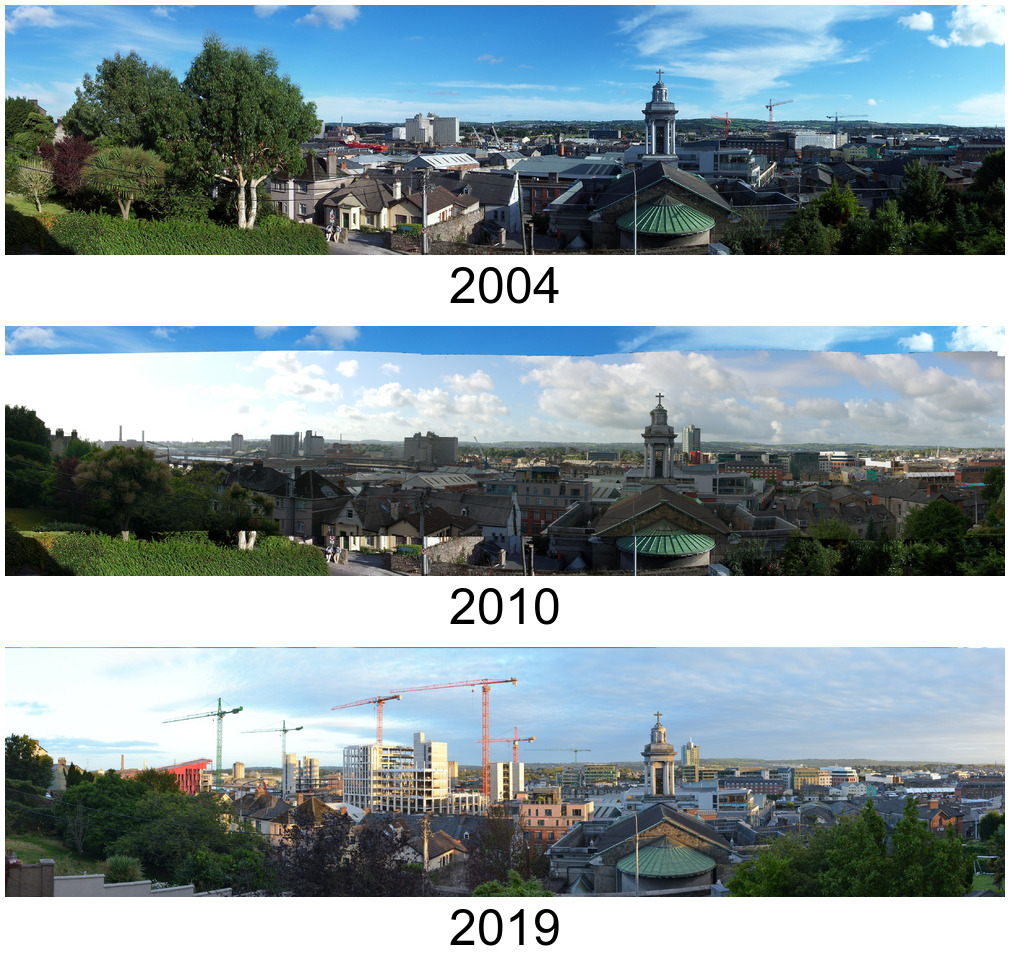
Urban space is changing fast and despite the potential to increase urban space through growth, technology and social progress, the reality is often increasing exclusion and isolation. My own experience is one of a city increasingly paved over, squared off, noisier and lacking in calm spaces. Traffic, busy people and blank commercial facades have replaced more welcoming districts, because accessibility and family-friendly features are not a developer priority – they maximise borrowings, ramp up local property prices, take the increase in plot value and move on. Sustainable community is not a short-term money-spinner.
My perspective is very much the social exclusion and sensory impact of unsympathetic development. This post includes some images of Cork City and data maps of changing city demographics, at the level of the 74 electoral districts, to outline how the city is changing.
Further reading:
- Department of Housing “Review of Delivery Costs and Viability for Affordable Residential Developments“
- Dubin City Council “Maximising the City’s Potential“, particularly Paul Keogh’s presentation on “Urban Design“
- An Taisce “Building Height Guidelines 2018 Consultation“
- An Taisce “Urban Development and Building Heights Guidelines for Planning Authorities“, particularly section 6.0 on “High Density – Low Rise” development

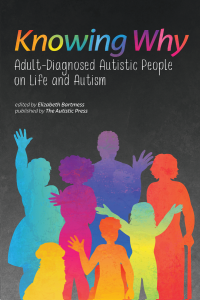
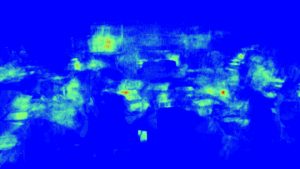 I have been making some images recently that attempt to capture, for me, the ‘feel’ of an event or action. Photographers talk about “the decisive moment”, the title of
I have been making some images recently that attempt to capture, for me, the ‘feel’ of an event or action. Photographers talk about “the decisive moment”, the title of 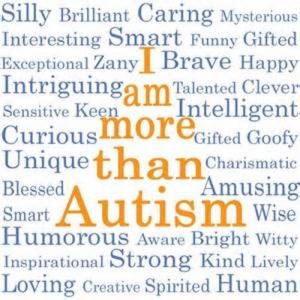 Last year I had the privilege of being asked to take part in the last of a three-series documentary on living positively with autism – in childhood, in teenage and now in adulthood. The documentarian, Alison Toomey, has a wonderfully light touch that creates the space for her subjects to speak their own words and, in effect, direct the outcome to express their priorities. Links to all episodes are here.
Last year I had the privilege of being asked to take part in the last of a three-series documentary on living positively with autism – in childhood, in teenage and now in adulthood. The documentarian, Alison Toomey, has a wonderfully light touch that creates the space for her subjects to speak their own words and, in effect, direct the outcome to express their priorities. Links to all episodes are here.

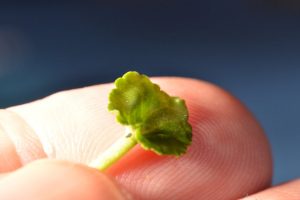


 I recently went on a charming little journey through time to track down a quote attributed to the poet
I recently went on a charming little journey through time to track down a quote attributed to the poet